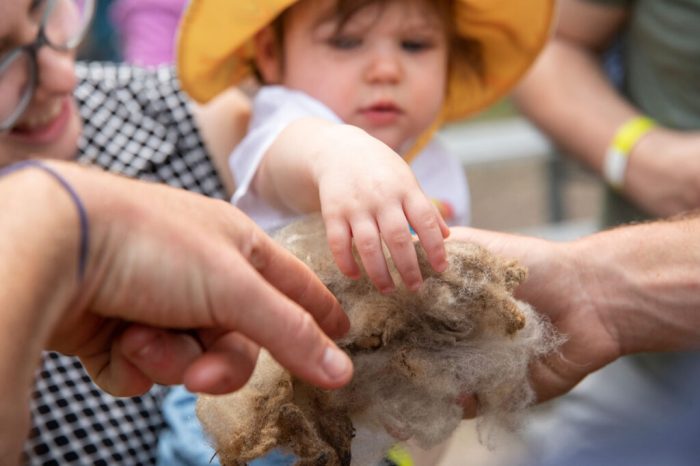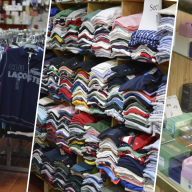By Harvey D. Goodman
What a terrible waste — your flowers bloom in early spring, and by the beginning of summer few, if any, remain. If there were some way to preserve their beauty, not only through the summer but throughout the year, the effort would be worth investigating. Well, here is a suggestion that might make the departure of these lovely blooms a bit less stressful.
The technique is called “flower pressing.” Often used by botanists to preserve specimens collected on field trips, this simple strategy can easily be adapted for saving the beauty of your garden flowers. More than simply collecting the blooms, this technique will let you create a variety of home items such as framed pictures and stationary.
The most challenging part of this project is selecting flowers that will not crumble and whose colors will not fade. In addition, you will want to select specimens that provide the best or most interesting patterns. Don’t be discouraged, press on (forgive the pun), and soon you will learn which provides the best result.
To press flowers, you can purchase a professional flower press, or you can go the “cheapy” route by using an outdated telephone book. Indeed, once you begin this hobby, you probably will need far more than one telephone book. I suggest asking neighbors and friends, who I am sure have one or two telephone books with which they would love to part.
First, select some flowers that will be particularly adaptable to this technique. Among the flower groups, tulips probably are the best. Other blooms that press well include poppies, pansies, hibiscus, clematis, dahlias and many wildflowers.
If you are using flowers from the garden, pick them midday when they are dry. Fleshy flowers, such as tulips, should be pulled apart, and the fleshy middle portion discarded. In this example, you are pressing only the petals.
Incidentally, pressed leaves, particularly ferns, create amazing patterns, and contrast beautifully with flower petals.
But I digress — back to the project. Place the specimen between the pages of a telephone book. Place a fifty-pound weight on top of the book and allow pressing for two to three weeks. The weight samples can be anything such as hand weights, cement blocks or a cast-iron doorstop. Be creative — short of having your 50-pound child sit on the phone book. You can place many specimens in an average-sized telephone book, but not the local yellow pages. I usually maintain about eight to ten pages between specimens.
Once the blooms have been pressed, select combinations of pressings to create original designs that are suitable for framing. Smaller specimens can be used to personalize notepaper. A little dab of Elmer’s glue will ensure that the specimen adheres to the paper
While the specimens can be mounted on any kind of paper, you also can use glossy white note cards or card stock paper. Most major stationery stores carry these products.
Blend similar colors, mix different flowers or even parts of flowers, create beautiful note paper and framed pieces and, best of all, keep a bit of spring with you throughout the year.
Questions or concerns regarding houseplants or gardening can be addressed by e-mail to: Harvey.Goodman@att.net































